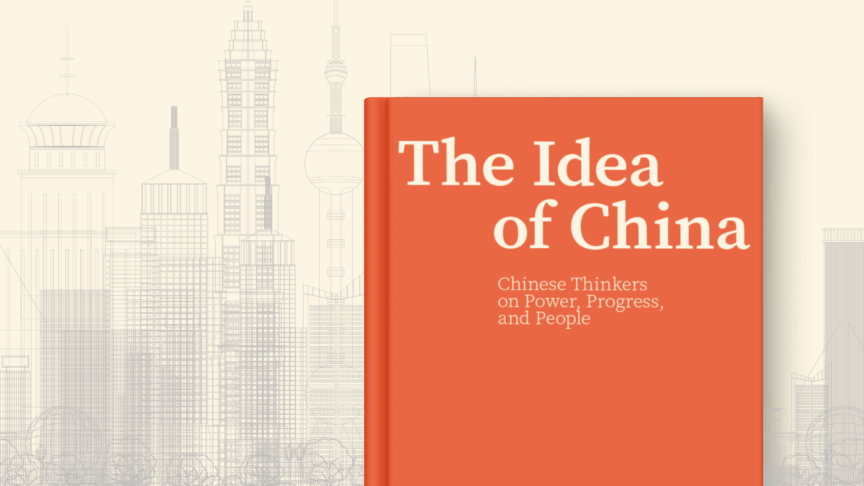Trump trade reset gives China and Europe opportunity to rebalance relations
Voices in favour of screening incoming Chinese investment dominate debate in Europe.
President Xi Jinping’s pro-globalisation speech in Davos in January was well received in Europe, where many among the liberal elites seek allies to protect free trade from the Trump administration’s next moves.
There have been reports that China has asked for the date of the next EU-China summit to be brought forward to send a clear political message to the United States that the European Union and China stand united against protectionism. On March 10, the European Council adopted a conclusion document stressing that “trade relations with China should be strengthened on the basis of a shared understanding of reciprocal and mutual benefits”.
But before thinking Kissinger, strategic triangles and great games, it is worth taking a step back to look at the current underlying dynamics in EU-China bilateral relations. Despite the current hope that the Trump shock might lead to opportunities to improve the business environment for European companies operating in China, 2016 could prove to have been a turning point for the worse in EU-China economic relations. Two new trends have gained significant traction in Europe, two trends that Chinese diplomacy has so far not addressed successfully.
Firstly, voices in favour of screening incoming Chinese investment now dominate the European debate on EU-China relations. They reflect concerns regarding Europe’s long-term economic security in the face of ambitious Chinese industrial policies. China’s direct investment in Europe increased by 77 per cent last year to €35 billion (US$37.3 billion), including the acquisition of advanced technology assets. It was against this backdrop that France, Germany and Italy called on the EU Trade Commissioner last month to create a legal basis EU member states could rely on to block state-sponsored investment in hi-tech or sensitive technologies. The current thinking on investment screening is inseparable from the European assessment that there is an uneven playing field when it comes to the investment environment in China and in Europe. The latest report of the European Chamber of Commerce in China stresses that “European business is facing intense pressure to turn over advanced technology in exchange for near-term market access” as a result of Chinese plans to support 10 priority hi-tech sectors by 2025.
Secondly, concerns are rising in Europe regarding a possible linkage between Chinese investment and political influence. The question is partly theoretical – no one knows how much influence China is gaining in Central and Eastern Europe through its “16+1 framework” – created in 2012 by China and 16 countries in the two regions – and when it will activate it for specific purposes. It is clear that China set up the platform because of an assessment that the EU was not “delivering” sufficiently, but the argument that ties with the EU needed to be “complemented” is hardly convincing since the initial intention was precisely to circumvent the EU. The European Commission’s ongoing investigation into the contract granted to a Chinese company to upgrade the Belgrade-Budapest railway, the most symbolic infrastructure project of China’s New Silk Road in Europe, is primarily about compliance with EU laws and regulations on tenders, but it also sends a strong political signal that China needs to work with the EU.
These trends are captured in the new China policy approved last summer by the European Commission, European Council and European Parliament. Many Chinese analysts have characterised the new guidelines as unhelpful, but this wave of cold European realism should be given credit in Beijing. If taken seriously, it might provide a healthier basis to fix the relationship in ways that are truly mutually beneficial. This requires Chinese concessions to level the playing field, not denials.
The possible deterioration of US-China relations and the real possibility that China policy will no longer be an area for transatlantic coordination offer an opportunity for an upgrade based on reciprocity in EU-China investment relations. The upcoming changes in US trade policy make economic relations with Europe and Eurasian integration along the “One Belt, One Road” trading network even more strategic for China. If China becomes a status quo power when it comes to international trade while the US becomes revisionist, Europe can then be portrayed as a swing power seeking advantages from both partnerships. The EU will not choose a strategy of leaning on one side in the US-China game. But the changing strategic environment offers a rare opportunity to rebalance Europe’s economic relations with China.
This commentary was first published in the South China Morning Post on 15th March 2017.
The European Council on Foreign Relations does not take collective positions. ECFR publications only represent the views of their individual authors.


